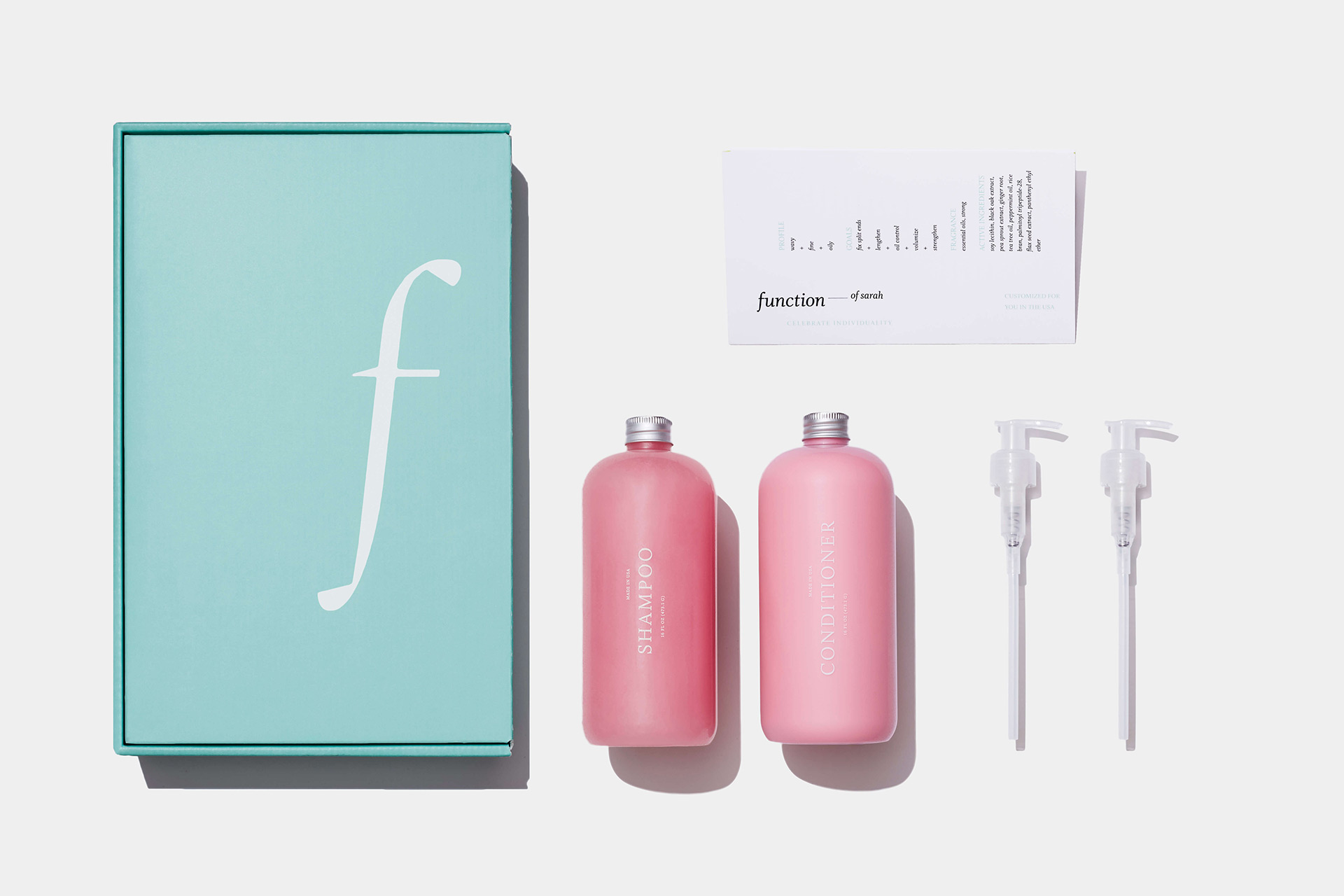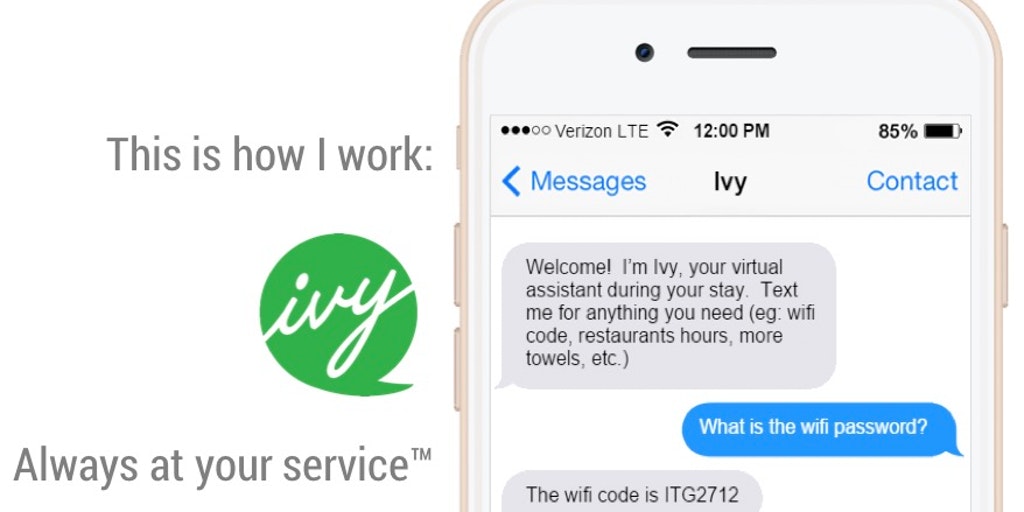From curation to hyper-personalization
How personalized does your customer experience need to be?
Personalization isn’t new.
In 2006, Time Magazine declared ‘You’ as ‘Person of the Year’. With more and more consumers identifying personalization as a reason to hand out more dollars, coupled with unprecedented availability of data about their wants and needs, it’s important for businesses to understand where, when and how they can win.
We’re living in an era where consumers frequently experience choice paralysis. Looking for a new mattress-in-a-box? You’ll first have to wade through nearly 100 options. Seeking something a bit more firm? No problem. Something with smart home integration? Why not! In order to cut through the noise, adopting a personalization strategy can help businesses offer true differentiation in increasingly crowded markets. And in exchange, consumers are doling out tons of information to get access to tailored experiences and products that make choosing simple, clear and easy.
Why should I care about personalization in 2019?
Advances in technology are re-shaping the conversation around personalization. Data intelligence is unlocking new opportunities, yet businesses are increasingly having to justify their collection of data. And consumers are demanding more from brands as new technologies mean they have no excuse to not deliver.
Increasingly, it’s evident that the hard part for businesses is not getting more data, but using it in a positive and constructive way to create meaning for them and their consumers. That means moving beyond endless email marketing and social media retargeting, and instead using data to revolutionize the experience across 360 degrees.
The challenge is not what, but where to start. With so many experience touchpoints, deciphering which path to personalization is right for your business, and how this can deliver maximum benefit to your consumers and stakeholders is the key to growth.
The Spectrum of Personalization
There is no “one-size-fits-all” approach, and brands can and should leverage different components of their identity and consumer understanding to create a unique and differentiated personalization strategy that drives sustainable success.
 Curation & Segmentation
Curation & Segmentation
For many large, established brands, personalization means creating tailored experiences that are perceived as personalized from a consumer’s perspective. Reaching a large audience in a way that’s relevant and thoughtful can be incredibly compelling, and by providing an experience that’s just seamless and just personalized enough, you can ensure that your brand won’t get ignored.
Sephora sets a great example for providing ‘massively curated consumer experiences’ while still keeping their brand front and center. The brand provides a seamless brand experience through cross-channel optimization, a substantial loyalty program and VR and AI enabled tools (both mobile and in-store). Sephora’s cohesive data-driven experience across digital and brick-and-mortar channels allows them to give their consumers exactly what they need, when and where they need it.
McDonald’s recently acquired Israeli startup Dynamic Yield. The acquisition will allow the fast food behemoth to leverage data and technology to tailor menus to factors such as weather, time of day and which items are most popular. While this isn’t the type of personalization that targets unique customer needs, it does offer a level of curation that enhances the drive-thru experience.
For brands looking to get their feet wet with respect to personalization, curating, segmenting and adapting experiences based on behavior or weather or skin-type is a strong baseline from which to build. It’s a strategy that complements a business’s offer without requiring a stark departure from what’s offered today. And it’s what’s expected in a world where consumers are looking for more value from the data they share with you.
Deep data and experience integration
Brands that are taking the next step are integrating data and technology into the core of their offer to create a true point of differentiation in often competitive categories. Function of Beauty, a beauty brand out to revolutionize the way we think about hair care, is a great example. By taking a short quiz, consumers can unlock nearly 54 trillion formula combinations that take hair needs and personal preferences into consideration. Personalization is the cornerstone of this brand, communicating to consumers that they no longer have to settle for the generic Pantene’s of the world. Through personalization, Function of Beauty is showing, rather than telling, that they understand no two consumers are the same – and giving real, tangible value for the data they gather about them.
Function of Beauty, a beauty brand out to revolutionize the way we think about hair care, is a great example. By taking a short quiz, consumers can unlock nearly 54 trillion formula combinations that take hair needs and personal preferences into consideration. Personalization is the cornerstone of this brand, communicating to consumers that they no longer have to settle for the generic Pantene’s of the world. Through personalization, Function of Beauty is showing, rather than telling, that they understand no two consumers are the same – and giving real, tangible value for the data they gather about them.
Another great example of established personalization is Nike – a player who has been in the personalization game for a considerable amount of time now. While everyone is familiar with Nike’s customizable kicks, they’re evolving their personalization offer beyond product. From Nike’s House of Innovation at the NYC Flagship store, to the UK’s Nike Fit app that scans a customer’s foot for accurate size recommendations, Nike is making significant investments in data and technology to continually enhance the customer experience by selectively applying levels of personalization.
Brands that take the time and energy to truly understand the needs of their consumers, and subsequently deliver on those needs in a thoughtful and personalized way, help create lasting brand impressions. Consumers don’t forget brands that listen.
Creative, data-led and hyper personal experiences
Hyper-personalization is here. Tools are available today that businesses couldn’t have dreamed up 20 years ago, and some brands are solving for modern consumer needs by pushing the technological boundaries of personalization.
Tired of guessing what foods are most compatible with your gut bacteria? Viome is churning out personalized nutrition recommendations based on the living organisms in your gut microbiome.
 Ivy, Go Moment’s AI-enabled chatbot, is able to engage with guests in real time and respond to queries in under a second. From luggage pick-up to towel deliveries, Ivy gets smarter over time through machine learning to provide hotel guests with reliable and nearly instantaneous communication.
Ivy, Go Moment’s AI-enabled chatbot, is able to engage with guests in real time and respond to queries in under a second. From luggage pick-up to towel deliveries, Ivy gets smarter over time through machine learning to provide hotel guests with reliable and nearly instantaneous communication.
These cutting-edge examples demonstrate how brands are exploring the value of hyper-personalization. However, it’s clear that this level of integration is neither possible nor appropriate for every brand – so it’s crucial to recognize that across the spectrum of personalization, there are varying levels of opportunity at your fingertips – you just have to get out there and grab it.
What strategies should you employ to harness personalization for your business?
We’ve established that no two personalization strategies are the same – so how can you determine which one is entirely right for you?
1. Understand your category
Having a clear picture of your category can help predict the effect personalization might have. Category-specific consumer pain points and delighters can have direct implications on deciding which level of personalization is suitable for your category and your brand. What is your direct competition doing? Are there any category gaps that meaningful personalization can fill? Discovering the answers to these questions will set your brand up nicely to leverage personalization in a fresh and discerning way, helping provide clarity to consumers when assessing which brand is worth their dollars.
2. Map your experience – and focus on the touchpoints with most impact.
Not all touchpoints are equal. Which aspects of your offer would you never change? What feels most attainable and realistic? How does it integrate with your channels to market, and does it differ between them? Given your business’s infrastructure, access to technology and wider goals/objectives, what’s actually possible today, tomorrow and in the future? Find the touchpoints with the most impact – and invest in personalizing them. From Nike’s foot scanning to Virgin Atlantic’s new business class check-in process – it’s about finding the parts of your experience that you can add the most value to for your consumers – and which give the most value back to your business in terms of loyal and engaged advocates who spend more with you.
3. Understand your consumer.
After developing an understanding of your category and experience, it’s equally important to deeply understand your consumers and their underlying motivations. Using personalization to solve a consumer need, unmet or otherwise, is a powerful tool that can be continually tested, refined and evolved to keep up with changes along a consumer’s brand journey. But brands need to move beyond the traditional ‘usage & attitude’ paradigm and add behavioral analysis to the mix. Without that, creating a personalized experience is impossible.
4. Demonstrate how you deliver value for your customers’ data.
Consumers need to see that their personal data is being used in ways that are directly beneficial to them, especially in light of changing data privacy laws in nearly every corner of the globe. It’s a perfect storm in the world of personalization – technological advancements that are helping brands use data for the better are helping set the stage for personalization to provide a genuine value exchange for consumers.
True customer-centricity
There are so many ways in to personalization, but ultimately, any attempts should be geared toward alleviating a true consumer tension or pain point. For some companies, this means taking a page from hyper-personalized business models. And for others like Soylent & Brandless, standing out means fitting in by adopting a more standardized offer.
Ultimately, for any business, personalization is about putting your customers first.
 Curation & Segmentation
Curation & Segmentation
